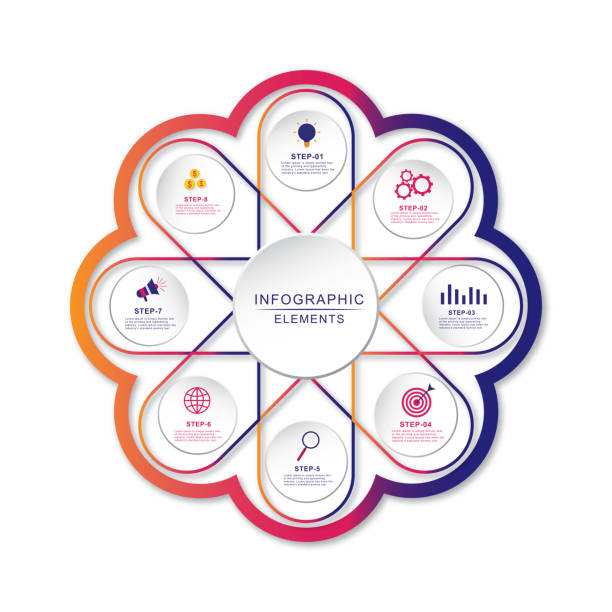What is corporate storytelling? Here’s how a brand tells itself and why storytelling is so important for a business.
Telling a story is ideal for arousing emotions, transmitting values that remain in the memory, and stimulating reactions. Stories have always been the most effective vehicle for passing on traditions or for entertaining. This is why brand storytelling is the best strategy a business can adopt to convey its values and make itself unforgettable.

Who among you is not aware of the imagery linked to the Mulino Bianco brand? It is something that goes far beyond simply marketing a product or service.
Are you curious to know how to apply storytelling to your brand? Let’s see it together.
What is corporate storytelling?
Brand storytelling, as the term itself suggests, is the narration of a brand and its values to move, involving the user and transmitting those values, increasing the sense of belonging and identification with the brand.
Storytelling is a fundamental part of marketing, but don’t think it simply has to do with selling a product or service!
The narrative of a brand, in fact, is much more: it is the brand that comes to life, proposing itself with a precise and recognizable identity, with its history and its challenges to overcome. For the brand’s narrative to be effective, a continuous communication strategy is needed that is consistent with its “personality”.
How to tell a brand
To tell a story in a linear, coherent and effective way, it is first of all necessary to know it. This is why it is important to be clear about who a brand is, How to formulate a successful brand building strategy in 2021? what its values are, who it wants to contact and what messages it wants to communicate.

Only after having built a strong and recognizable identity, will it be possible to proceed with a targeted narrative strategy and with the creation of quality content through guest posting be spread wisely on different media.
Once the brand identity has been established, it is necessary to continue with the analysis of the recipient of your story, therefore the Personas that constitute the target of the communication strategy. Knowing the consumers to whom it is addressed, interpreting their needs and rhythms of life, is essential to identify the channels and methods with which you want to tell the brand and be sure of the reception of the message by the users.
Storytelling doesn’t have to be invasive. The brand must become an immediately recognizable friend due to its characteristics, towards which it is easy to feel empathy.
To understand what we are referring to, think of the “big names” that come into your homes every day: they are those brands you trust, you feel a sense of familiarity and to which you return frequently. A few examples? An iced Coke, the Nikes you wear to go for a run, Kellogg’s in your breakfast or the apple on your PC.
What do these brands have in common? A valid storytelling strategy, effective and consistent over time! It is not the same for everyone, as there is no single ideal recipe, but some indispensable ingredients to be combined wisely.
The main features of brand storytelling

Here are the essential ingredients that distinguish effective storytelling:
- Trust: the brand must be reliable and not deny its identity. Consumer trust decrees a long loyalty.
- Emotion: no one wants to hear a story that does not excite. Think of all the advertisements bouncing off your screens: in the midst of so many, you will only remember those who made you smile, touched you or punched you in the stomach.
- Identification: this point is closely related to the previous one. In fact, recognizing oneself in a story, a character, a situation or a system of values increases empathy, emotion and even memory.
- Simplicity: the simplest and most direct communication is also the most effective and the one that reaches the user of the message most quickly.
- Action: this element implies the involvement of the user, active participation in the construction of the history of a brand.
- Familiarity: it has to do with the level of notoriety and recognizability of a brand; a family situation requires even the least cognitive effort and implies a high degree of trust and confidence in the brand.
A brand that talks about itself must consider all these aspects when undertaking a campaign of any kind. An example of effective storytelling broadcast via a promotional video is Dream Crazy, a commercial created by Nike on the occasion of the thirtieth anniversary of the slogan “Just do it”. In the video appear, various athletes who have fought against difficulties and prejudices, such as LeBron James, Serena Williams and Colin Kaepernick, united to send a message of courage to those who fight to achieve their goals, even if they are crazy.
The spot is also an example of how entrusting the transmission of a message to a face can affect the effectiveness of the narrative.

Telling the brand through digital
With the consequent increase in touchpoints, the development of digital technologies has allowed an extension of the possibilities of applying the storytelling of a brand. For digital platforms, all the rules set out up to now apply and, in addition, we recommend that you keep in mind some fundamental points:
- Consistency between the message to be transmitted and the coordinated brand image: using images, colors and shapes related to the brand’s vision on digital and non-digital platforms, allows to strengthen the emotional bond with the consumer and the identity of the brand itself. To be clear, a brand that wants to convey warmth and familiarity will hardly use cold colors on its landing page!
- The importance of the tone of voice of the contents: the contents you create on social networks, on the website or the blog must communicate the character of the brand also through the tone of voice; the contents that you can find on the website of an insurance company will differ from those of the e-commerce of a fashion brand, not only for the topics covered but also for the way of communicating and for the type of language adopted.
- An effective presence on digital platforms increases conversions: if you have been good at communicating your brand identity clearly and consistently on your digital touchpoints, the user will develop a positive perception of the brand which can therefore lead to an increase in the conversion rate.
Are you still wondering what the benefits of brand storytelling are?
As you may have understood, telling a brand is by no means a simple and immediate process. So why is it so important to invest in brand storytelling? What are the benefits?
A company that builds a recognizable brand, bases it on a shared value system and tells it to the public engagingly and emotionally, is a successful company, which gains competitive advantage on several levels and establishes a deeper and more lasting relationship with its consumers.


